
| Our Goal | Services | Job Photos | Job Videos | Media | Testimonials | Contact Us |
Litewoods Joinery
Woodworking
410-349-4565 (office)410-349-4566 (cell)
litewoodsjoinery@aol.com
Sean Suckling
Mike Suckling
Sean and Mike, brothers from South Africa, are cultured in the craft of wood working for many applications, including the marine industry. In 1999 I had Mike and Sean make a teak bow pulpit, stern pulpit, and toe rail for a small Sea Otter I restored for a customer. To this day, workmanship and quality of this product holds up. You can find Litewoods work here with Mike Spicer performing the install: Teak Toe Rail from Litewoods
Ports on the San Juan’s do have some design flaws which have been addressed. I also feel cabin-top crude openings for ports are equally flawed due to time, heat, with fiberglass cupping around openings. Upper side of cabin-top openings for ports have cupped inward not allowing for proper seating. The thought is ‘post curing’ has allowed this cupping and is simply FRP (Fiberglass Reinforced Plastic) experiencing a secondary stage of curing. This can be due to heat, vintage, which can allow FRP to move.
Old ports are a good design, yet new ports now have some new features which help preventing water leaks. When milling with the C&C machine Litewoods added 1/8th spread on outer frame all the way around keeping the actual port glass the same dimension. When looking closer at the crude openings from the manufacture it would appear no real template was used thus perhaps creating a leak issue over the years coupled with other factors. When a symmetrical piece as in the port frames are fastened over a semi-radius crudely cut, an uneven foundation for ports allows for distortion. Expansion and contraction due to temporal seasonal changes shape over time. This is why it is best to cut an opening with symmetry for even movement rather than just hacking an opening.
Depending on what you may require, Litewoods can mill what we have now, or go wider. If you have a San Juan with larger cabin-top port openings than you realize, be cautious about ordering new frames until you remove the old. Then you can see how close the outer edge of the port frame comes to the fiberglass opening which will determine how much lager you may need to go. The barrel stubs affixed to one side of one frame serves two purposes: fastener to use as an anchor and to keep from crushing when installing. Another part of this leak issue is I found the fasteners over time want to loosen its bite and the two separate port frames want to spread apart from the other, thus creating leaks.
If through bolting is aesthetically pleasing to you, I would recommend doing this. This will keep ports pulled together with a snug fit. If you use just the fastener (screw) as is the current case with many SJ ports, the risk of fastener (screw) loosing its bite is increased resulting with leaks. If you insist you wish for no fastenings to be visible from the outside, simply have Litewoods mill a thicker outside piece and a boarder all the way around recessed to house the port glass verses barrel stubs for screw fastenings. This way the risk of future leaking is diminished greatly and will have a structurally sound product.
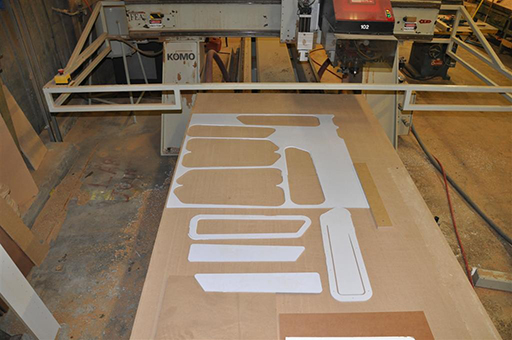
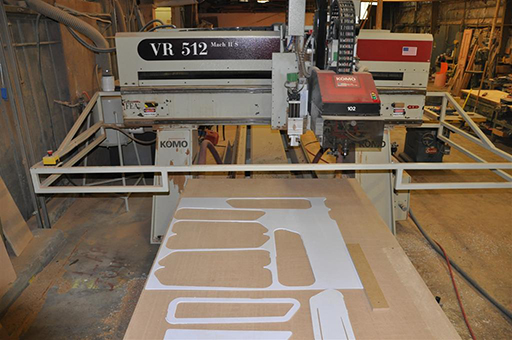
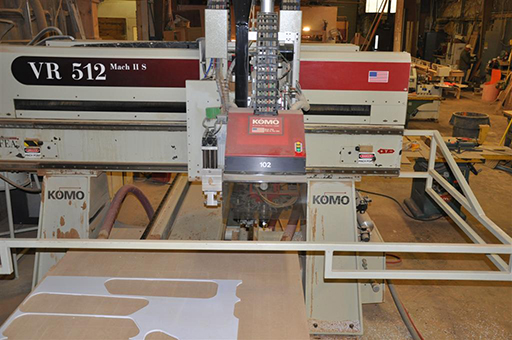
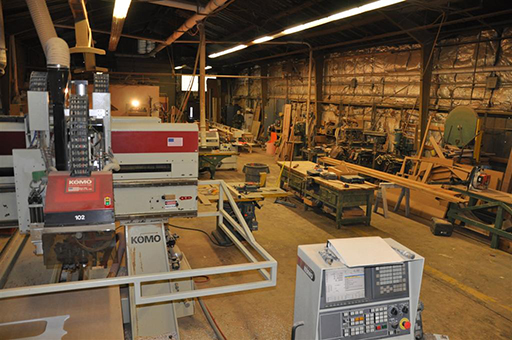
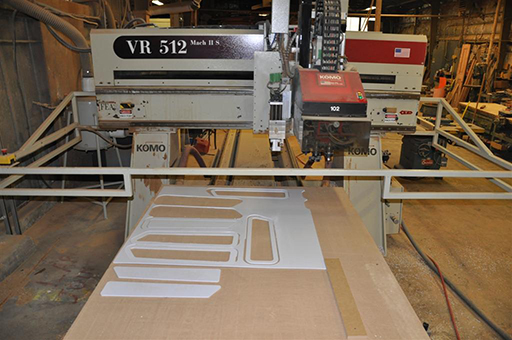

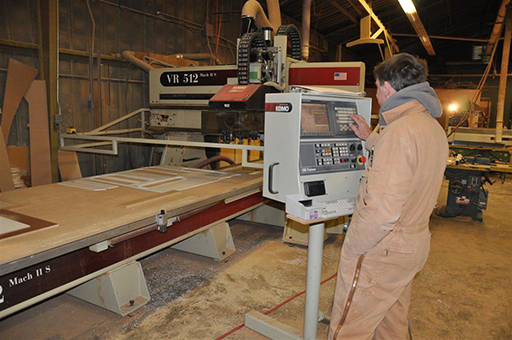
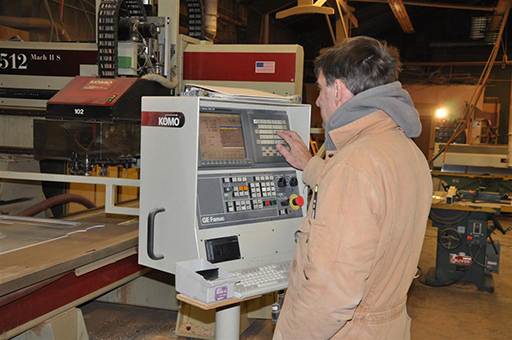

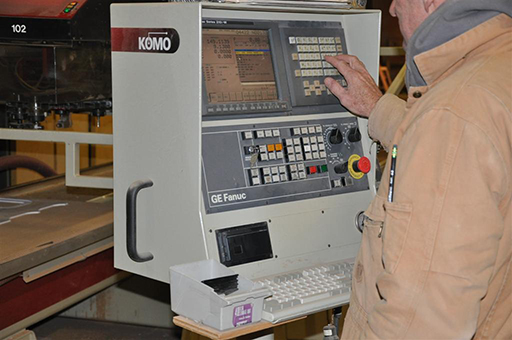

United States Air Force Veteran
FI (4+5) G 30s 25ft Navy
Content and Photographs © Tommy Solomon
This site is for viewing purposes only. Not intended for instructional how-to or DIY.
Site design by Solar Flare Studios with Tommy Solomon as Creative Producer


